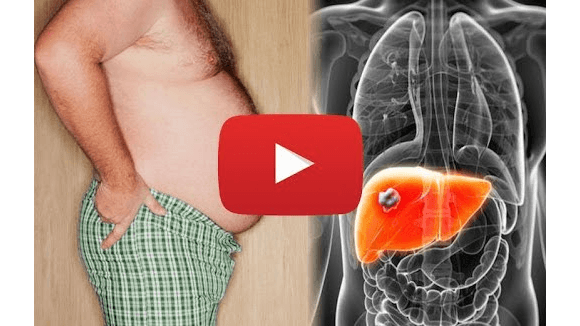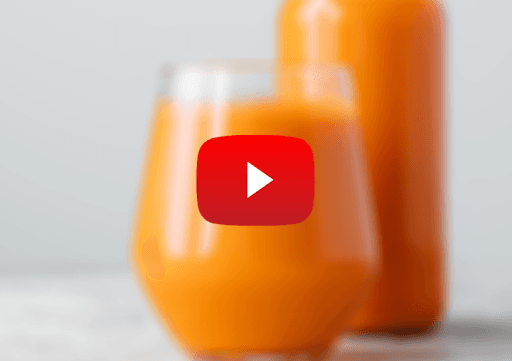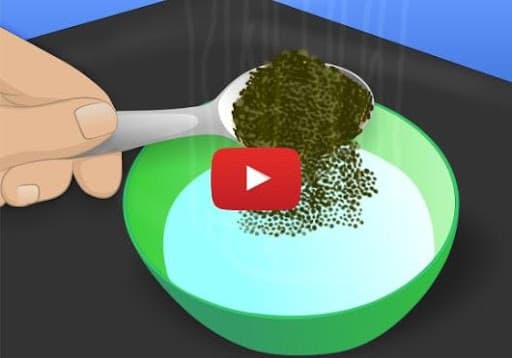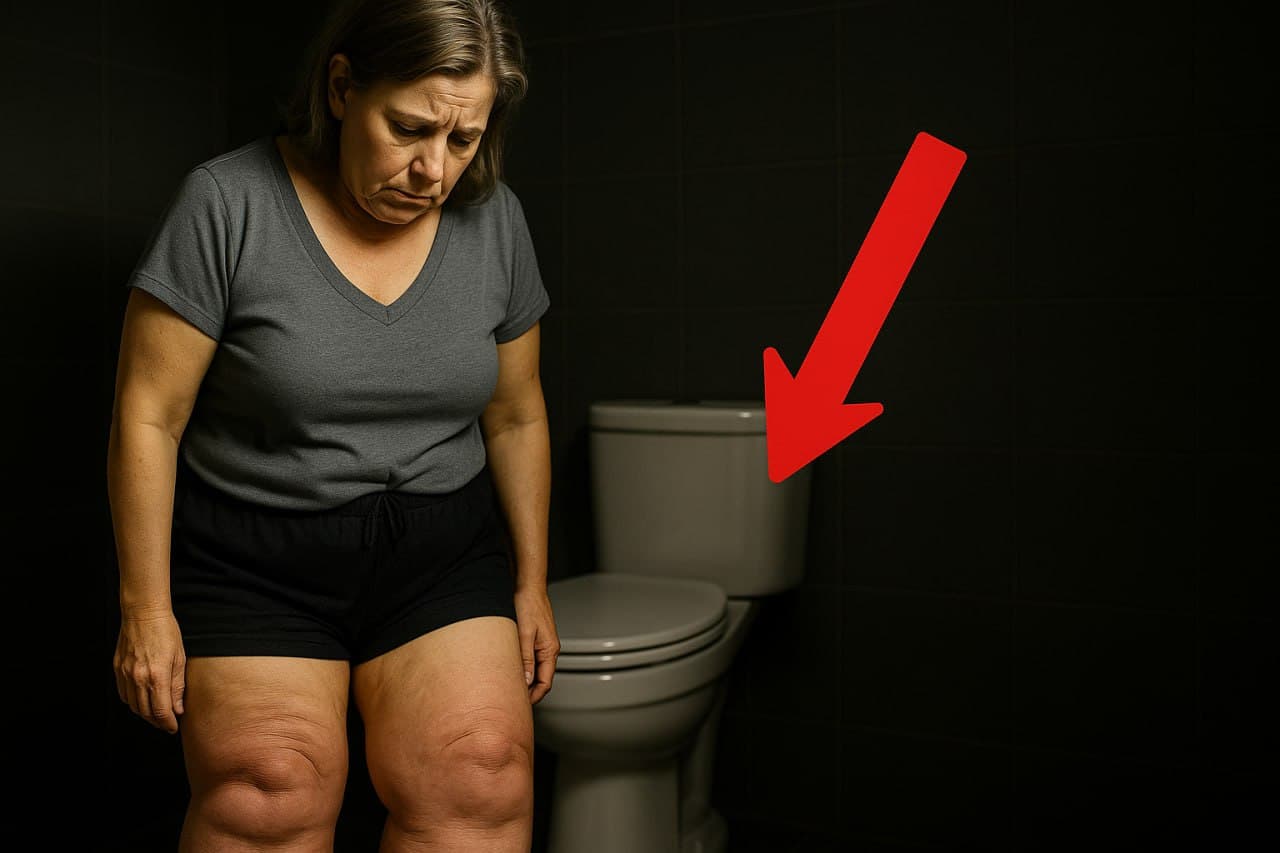Don't Snack If You Want To Lose Weight
Effective fat loss hinges on strategic dietary practices, one of which is optimizing your eating and fasting windows. By understanding and implementing these simple yet powerful strategies, you can enhance your metabolic processes for better results.
One essential aspect of optimizing fat loss is managing your eating times. It is highly recommended to adopt a rhythm wherein your feasting window is limited.
- Aim for a 6 to 8-hour eating window. This could mean starting your first meal at noon and finishing your last meal by 6 or 8 PM, depending on your schedule and lifestyle.
Engaging in this practice allows your body a prolonged fasting period of around 16 to 18 hours. By doing so, you let essential bodily processes occur that foster fat reduction.
"That’s the fat-burning sweet spot right there."
Keeping insulin low for extended periods makes your body effectively tap into stored fat reserves for energy, thereby boosting your weight loss efforts.
Another important guideline is to resist the urge to snack between meals. Snacking not only disrupts your metabolic rhythm but also keeps your insulin levels elevated.
- Focus on eating discrete, well-planned meals that appease hunger, providing the nutrients and energy required until your next meal.
With this strategic approach, you keep your fasting periods clean and consistent, maximizing the physiological benefits of fasting.
From Around The Web
Wellness Inbox is a blog & weekly newsletter that curates trending news and products related to health and wellness from around the web. We also gather content from various sources, including leading health professionals, and deliver it directly to you.
Please note that we may receive compensation if you purchase any products featured in our newsletter. Wellness Inbox is not affiliated with, nor does it endorse, any health professionals whose content may appear in our newsletter. The information provided is for general informational purposes only and should not be considered medical advice.
The information provided is not intended to replace professional medical advice, diagnosis, or treatment. All content, including text, graphics, images, and information available is for general informational purposes only. We do not guarantee the accuracy or completeness of any information presented and assume no liability for any errors or omissions. The content is subject to change without notice. We encourage you to verify any information with other reliable sources and consult your physician regarding any medical conditions or treatments.







